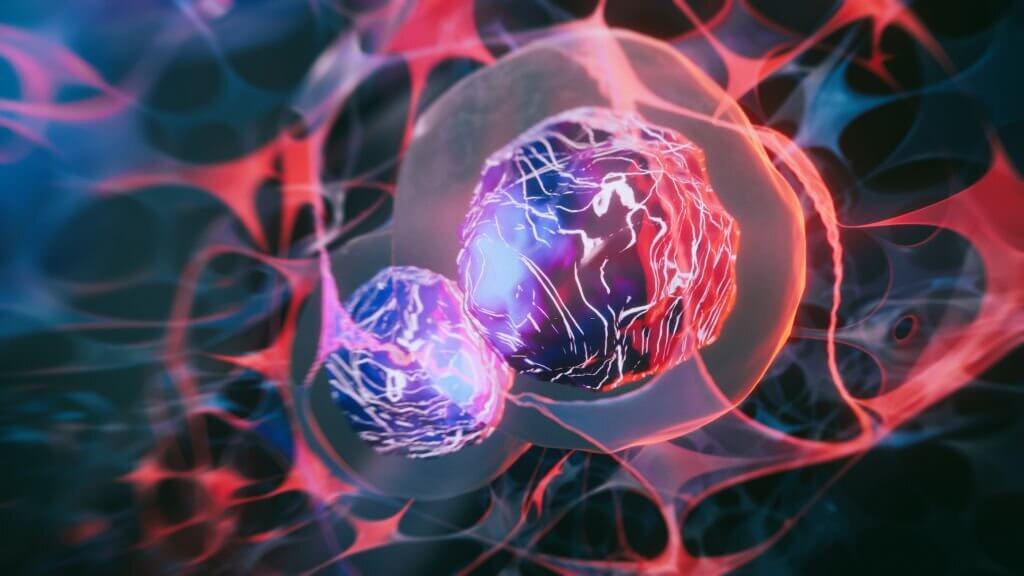The consumption of contaminated water, also known as raw water or raw water, can cause various diseases and harm health, some of the infections that can arise are typhoid fever, hepatitis A, an intestinal infection caused by amoebiasis and others diseases such as cholera, rotavirus, or norovirus.
This happens because bacteria grow easily in water and, although it is easier to happen in polluted rivers and lakes, water from crystalline sources can also be contaminated by a specific type of bacteria. Contamination can occur through the ingestion of undrinkable water, through direct contact with sewer water, or through consumption of food cooked or washed with contaminated water.
Some of the main diseases that can be caused by ingesting contaminated water such as that which comes from sewers or stagnant water due to rain or by ingesting untreated water are:
1. Hepatitis A
Hepatitis A is a highly contagious liver disease and, although it is generally not dangerous, in some cases it can evolve and be fatal when left untreated. Hepatitis A is transmitted through contact with contaminated feces, in this case with the ingestion of water contaminated with microorganisms of intestinal origin.
Main Symptoms: dark urine, light stools, yellowing of the skin, and the whites of the eyes, fever, chills, feeling weak, nausea, loss of appetite, and fatigue.
Treatment: There is no specific treatment because the body fights the virus on its own. For this reason, the treatment is carried out by resorting to the use of medications to control symptoms such as fever and pain, in addition to maintaining rest and good hydration.
2. Giardiasis
Giardiasis is an infection of the digestive system caused by the parasite Giardia intestinalis. Its transmission is carried out through the consumption of food or water contaminated by feces that contain cysts of the parasite, which is an infectious disease that is transmitted from one person to another.
Main Symptoms: diarrhea, fever, nausea, abdominal pain, general weakness, or weight loss.
Treatment: Treatment is with drugs that fight the parasite such as metronidazole or tinidazole. Drinking fluids throughout the day is also recommended, and in severe dehydration from diarrhea, intravenous hydration may be required. See how to identify symptoms of dehydration.
3. Amebiasis or Amoebic Dysentery
Amoebiasis or amoebic dysentery is an infection caused by the protozoan Entamoeba histolytica, which is installed in the intestine and prevents the absorption of important nutrients for the body. Its transmission is carried out through the consumption of food or water contaminated by feces that contain mature amoebic cysts.
Main Symptoms: abdominal pain, diarrhea, fever, and chills. In some cases, the stool may contain blood, mucus, or pus. In more severe cases, the disease can develop the invasive form, in which other organs such as the liver, respiratory tract, and even the brain become infected.
Treatment: antiparasitic drugs such as Secnidazole, Metronidazole, or Tinidazole are used, however, the duration and dose is guided by the doctor according to the severity of the infection.
4. Typhoid fever
Typhoid fever is an infectious disease caused by the bacterium Salmonella typhi, and its transmission is through the consumption of water or food contaminated with the parasite.
Main symptoms: high fever, vomiting, abdominal pain, constipation, diarrhea, headache, loss of appetite, weight loss, or red patches on the skin.
Treatment: it is done by resorting to the use of antibiotics, which is a very important rest and hydration during the recovery phase. This is a disease that can be prevented with the typhoid vaccine
5. Cholera
Cholera is an infection that occurs in the intestine, caused by bacteria that can be present in contaminated water or in food, which produces toxins that trigger the symptoms of the disease.
Main Symptoms: severe diarrhea accompanied by vomiting, which often results in severe dehydration.
Treatment: it is carried out by resorting to the use of antibiotics and oral and intravenous hydration solutions, such as serum.
6. Ascariasis or Ascaris lumbricoides
It is a parasitic disease caused by the Ascaris Lumbricoide parasite, which inhabits, unwinds, and multiplies in the intestine. This disease is transmitted through the ingestion of water or food contaminated with the parasite’s eggs.
Main Symptoms: abdominal pain, dizziness or difficulty to evacuate;
Treatment: it is done by resorting to the use of antiparasitic drugs such as Albendazole.
7. Leptospirosis
Leptospirosis is a disease caused by bacteria present in the urine of rats found in the sewers, or of other infected animals such as dogs and cats. This bacterium enters the body through a wound in the skin or through contact with the mucous membranes of the body such as eyes, nose, saliva with contaminated water.
Main Symptoms: High fever, headache, pain in the body, loss of appetite, vomiting, diarrhea, or chills.
Treatment: it is done by resorting to the use of antibiotics and Paracetamol for pain and fever, and the use of acetylsalicylic acid or anti-inflammatory drugs is not recommended.
The lack of sewerage or the lack of sewage treatment despite affecting the entire population especially affects children between 1 and 6 years of age, who are more sensitive, as well as increases the chances of death of the fetus in the pregnant.
Ways to avoid the spread of these waterborne diseases
To protect yourself and avoid these diseases, you should avoid contact with sewers, contaminated water, untreated water, stagnant water due to rain, mud, or rivers with standing water, and the use of pools that are not treated with chlorine is also discouraged. Water can be suspected of being contaminated when:
- The source of the water to be consumed is unknown;
- It looks dirty, cloudy and earthy;
- Has an odor;
- Small particles of dirt are visible in suspension in the water;
- It is not properly transparent, having a yellowish, orange, or brown color.
However, the water can also appear to be clean and still be contaminated, so the ideal is always to opt for filtered water or bottled mineral water, which has undergone quality tests for both washing and cooking food, as well as to drink it. In addition to this, you can also choose to use Sodium Hypochlorite to disinfect and purify your water.
Ways to identify contaminated water
You can suspect that water is contaminated when you do not know where it comes from; is dirty, cloudy, or muddy; has an odor; small particles of dirt suspended in the water are noticeable, and; it is not transparent, having a yellowish, orange or brown color.
However, the water can also appear to be clean and still be contaminated, so it is ideal is to opt for filtered water or bottled mineral water since they were subjected to quality tests.
In suspicious waters, it is recommended to use water filters or add a substance called sodium hypochlorite.
How to purify water
To convert contaminated water into disinfected drinking water, a solution called sodium hypochlorite must be used, which is purchased in pharmacies and supermarkets but is also normally distributed by governments. Simply place 2 to 4 drops of sodium hypochlorite for each liter of water and wait 30 minutes to consume it. Boiling the water for 1 minute also helps to purify the water, but it does not solve the problem, and therefore does not exclude the use of hypochlorite. In addition to this, in case of contamination with mercury, the water should not be boiled because it evaporates, staying in the air, and increasing the risk of contamination.
Author Bio
Name- Sunil Trivedi
Bio- Sunil Trivedi is the Managing Director of Aqua Drink. With 15 years of experience in the water purification industry, Sunil and his team have been ensuring that his clients consume 100% potable water to lead a healthy life and keeping water-borne diseases miles away.











